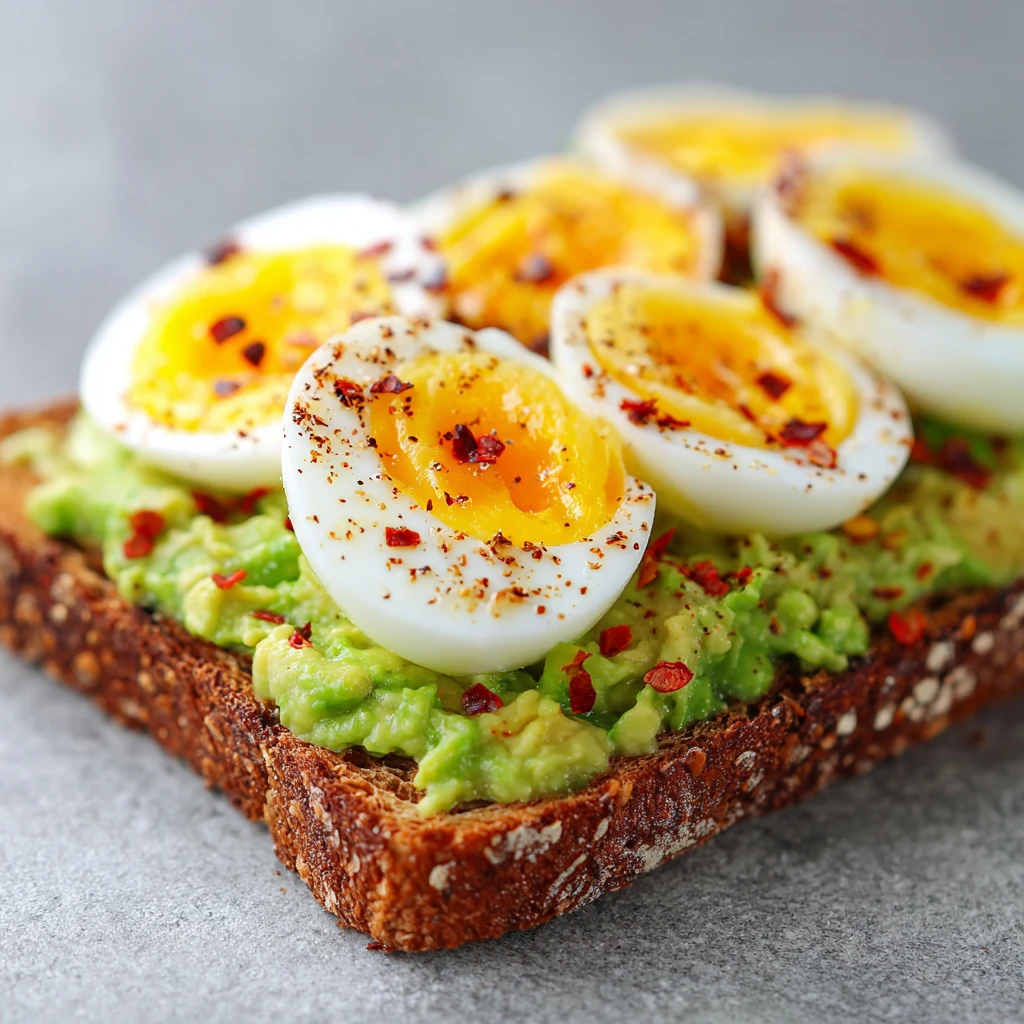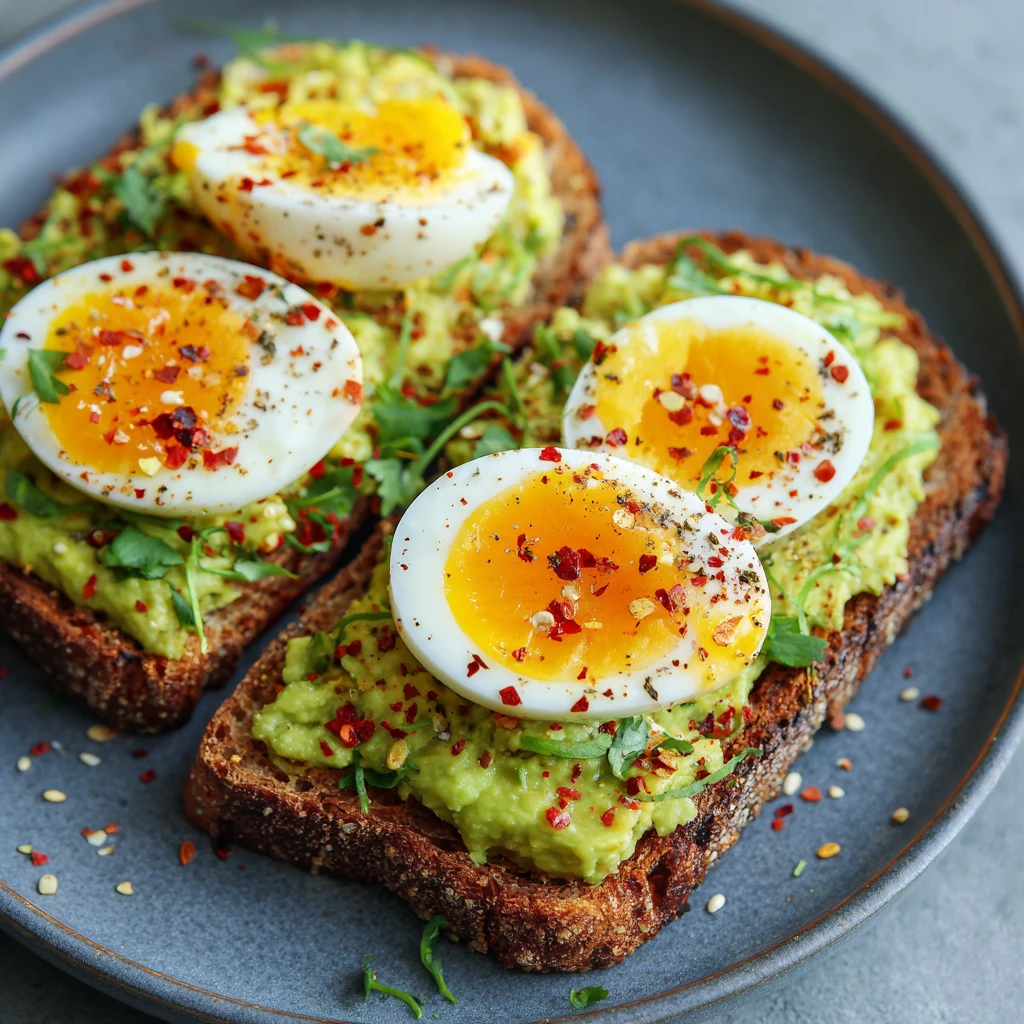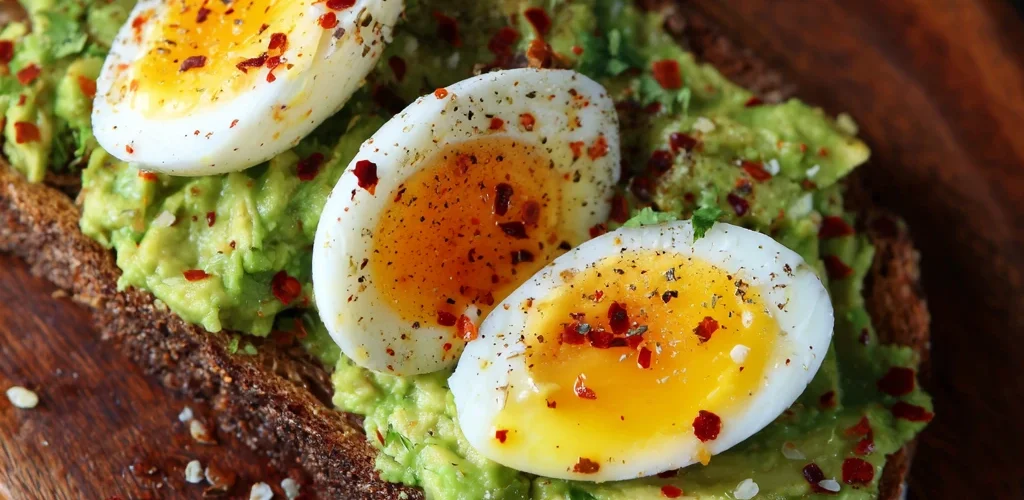Top 10 Healthy Snack Swaps: Satisfy Cravings Without the Guilt
Snacking is often viewed as an indulgence, a habit to be broken. But the truth is, strategic snacking can be a valuable tool for managing hunger, boosting energy levels, and even supporting weight loss. The key lies in choosing healthy snack swaps that satisfy cravings without derailing your overall nutrition goals. Ditch the processed goodies and embrace these delicious and nutritious alternatives!

Section 1: Understanding the Need for Healthy Snack Swaps
Why are healthy snack swaps so important? The answer lies in the impact of unhealthy snacking. Processed snacks are often loaded with refined sugars, unhealthy fats, and excessive sodium, providing empty calories and contributing to energy crashes, weight gain, and increased risk of chronic diseases.
Choosing healthier options allows you to:
- Control Hunger: Nutrient-dense snacks, rich in fiber and protein, promote satiety, keeping you feeling full and preventing overeating at mealtimes.
- Boost Energy Levels: Instead of the fleeting energy rush from sugary snacks, opt for sustained energy from snacks with complex carbohydrates and healthy fats.
- Support Weight Management: Swapping high-calorie, low-nutrient snacks for healthier alternatives significantly reduces your overall calorie intake.
- Improve Overall Health: Nutrient-rich snacks provide essential vitamins, minerals, and antioxidants, contributing to improved health and well-being.
- Prevent Cravings: Giving into cravings can be a big challenge on any diet, but healthy swaps mean you get to indulge a bit.
Section 2: Top 10 Healthy Snack Swaps
Ready to transform your snacking habits? Here are ten easy and delicious healthy snack swaps to get you started:
1. Swap Potato Chips for Air-Popped Popcorn
Potato chips are notoriously high in sodium, unhealthy fats, and calories. Air-popped popcorn, on the other hand, is a whole-grain snack that’s naturally low in calories and high in fiber.
- Benefits: High in fiber, whole grain, relatively low in calories.
- Tips: Air-pop your own popcorn at home to control the amount of oil and salt. Season with herbs, spices, or nutritional yeast for added flavor.
2. Swap Candy Bars for Dark Chocolate (70% Cacao or Higher)
Candy bars are loaded with refined sugar and unhealthy fats. Dark chocolate, with a high cacao content, contains antioxidants and may offer several health benefits.
- Benefits: Rich in antioxidants, may improve heart health.
- Tips: Choose dark chocolate with at least 70% cacao. Limit your portion size to a square or two to avoid excessive calorie intake.
3. Swap Sugary Yogurt for Greek Yogurt with Berries
Sugary yogurts are often packed with added sugars and artificial flavors. Greek yogurt is a protein-rich snack that’s naturally low in sugar.
- Benefits: High in protein, probiotic-rich, supports gut health.
- Tips: Choose plain Greek yogurt and add your own sweetness with fresh or frozen berries. You can also sprinkle with a few nuts or seeds for added crunch and nutrients.
4. Swap Processed Crackers for Whole-Grain Crackers with Avocado
Processed crackers are often made with refined flour and unhealthy fats. Whole-grain crackers provide fiber and nutrients. Avocado is a source of healthy fats and fiber.
- Benefits: Whole grains offer fiber, avocado provides healthy fats and fiber.
- Tips: Choose whole-grain crackers with minimal added sugar and sodium. Top with mashed avocado and a sprinkle of salt and pepper.
5. Swap Ice Cream for Frozen Banana "Nice" Cream
Ice cream is high in sugar and fat. Frozen bananas, blended until smooth, create a creamy and naturally sweet treat.
- Benefits: Naturally sweet, good source of potassium, dairy-free.
- Tips: Freeze sliced bananas for at least two hours. Blend until smooth, adding a splash of milk or water if needed. You can add cocoa powder, berries, or nuts for added flavor and nutrients.
6. Swap Soda for Sparkling Water with Fruit
Soda is loaded with sugar and empty calories. Sparkling water is a refreshing and hydrating alternative.
- Benefits: Zero calories, hydrating, can help curb sugary cravings.
- Tips: Add slices of your favorite fruit, such as lemon, lime, cucumber, or berries, for added flavor and nutrients.
7. Swap Doughnuts for Apple Slices with Peanut Butter
Doughnuts are high in sugar, unhealthy fats, and calories. Apple slices provide fiber and natural sweetness. Peanut butter provides protein and healthy fats.
- Benefits: Fiber, healthy fats, protein, satisfies sweet cravings.
- Tips: Choose natural peanut butter without added sugar or salt. Limit your portion of peanut butter to one or two tablespoons.
8. Swap White Bread Sandwiches for Lettuce Wraps
White bread offers limited nutritional value and can lead to blood sugar spikes. Lettuce wraps provide a low-carb and refreshing alternative.
- Benefits: Low in carbohydrates, refreshing, versatile.
- Tips: Use large lettuce leaves, such as romaine or butter lettuce, to wrap your favorite sandwich fillings.
9. Swap Chips and Dip for Veggies and Hummus
Chips and dip are often high in sodium, unhealthy fats, and calories. Vegetables are packed with vitamins, minerals, and fiber. Hummus is a source of protein and fiber.
- Benefits: Nutrient-rich, high in fiber, protein-rich (from hummus).
- Tips: Choose a variety of colorful vegetables, such as carrots, celery, cucumbers, and bell peppers. Opt for homemade hummus or store-bought varieties with minimal added oil and sodium.
10. Swap Processed Meat Snacks for Hard-Boiled Eggs
Processed meat snacks are often high in sodium and unhealthy fats. Hard-boiled eggs are a protein-packed and convenient snack.
- Benefits: High in protein, rich in nutrients, convenient.
- Tips: Prepare a batch of hard-boiled eggs at the beginning of the week for easy snacking. Sprinkle with salt, pepper, or paprika for added flavor.
Section 3: Building a Healthy Snacking Strategy
Simply swapping out unhealthy snacks isn’t enough. To truly optimize your snacking habits, consider these strategies:
- Plan Ahead: Prepare your snacks in advance to avoid impulsive unhealthy choices when hunger strikes.
- Listen to Your Body: Only snack when you're truly hungry, not out of boredom or habit.
- Control Portion Sizes: Even healthy snacks can contribute to weight gain if consumed in excess. Use measuring cups or pre-portion your snacks into small containers.
- Prioritize Protein and Fiber: These nutrients promote satiety and help regulate blood sugar levels.
- Read Nutrition Labels: Pay attention to the sugar, fat, and sodium content of your snacks.
- Stay Hydrated: Sometimes, thirst can be mistaken for hunger. Drink plenty of water throughout the day.
- Vary Your Snacks: Don't get stuck in a snacking rut. Experiment with different healthy options to keep things interesting.
Section 4: Snack Ideas for Specific Cravings
Everyone experiences different cravings. Here are some healthy snack swaps tailored to specific desires:

- Craving Something Sweet:
Instead of: Candy, cookies, pastries
Try: Fruit (berries, apples, bananas), Greek yogurt with honey, dates
Instead of: Chips, pretzels, processed crackers
Try: Air-popped popcorn, roasted chickpeas, edamame
Instead of: Fried snacks, processed granola bars
Try: Raw vegetables (carrots, celery, cucumbers), nuts, seeds
Instead of: Ice cream, pudding
Try: Greek yogurt, avocado, blended frozen fruit
Section 5: Frequently Asked Questions (FAQs) About Healthy Snacking
Q: Is snacking bad for you?
A: Not necessarily. Snacking can be a part of a healthy diet if you choose nutritious options and control portion sizes. It can help prevent overeating at meals and provide sustained energy throughout the day.
Q: What are some good snacks for weight loss?
A: Snacks that are high in protein and fiber are great for weight loss. Some examples include Greek yogurt, hard-boiled eggs, nuts, seeds, vegetables with hummus, and apple slices with peanut butter.
Q: How often should I snack?
A: It depends on your individual needs and lifestyle. Some people benefit from snacking between meals to prevent hunger and maintain energy levels. Others may only need to snack occasionally. Pay attention to your body’s signals and adjust your snacking habits accordingly.
Q: What is the best time to eat snacks?
A: The best time to eat snacks is when you feel hungry between meals. Aim to space your snacks a few hours apart from your main meals.
Q: Are fruits good snacks?
A: Yes, fruits are excellent healthy snacks. They are packed with vitamins, minerals, antioxidants, and fiber. Choose a variety of fruits to get a wide range of nutrients.
Q: How can I stop craving unhealthy snacks?
A: Identify the triggers that lead to your unhealthy cravings. Are you stressed, bored, or tired? Once you know your triggers, you can develop strategies to cope with them in healthier ways. This might involve going for a walk, practicing mindfulness, or engaging in a hobby. It’s also important to have healthy snacks readily available so you can make a better choice when cravings strike.



